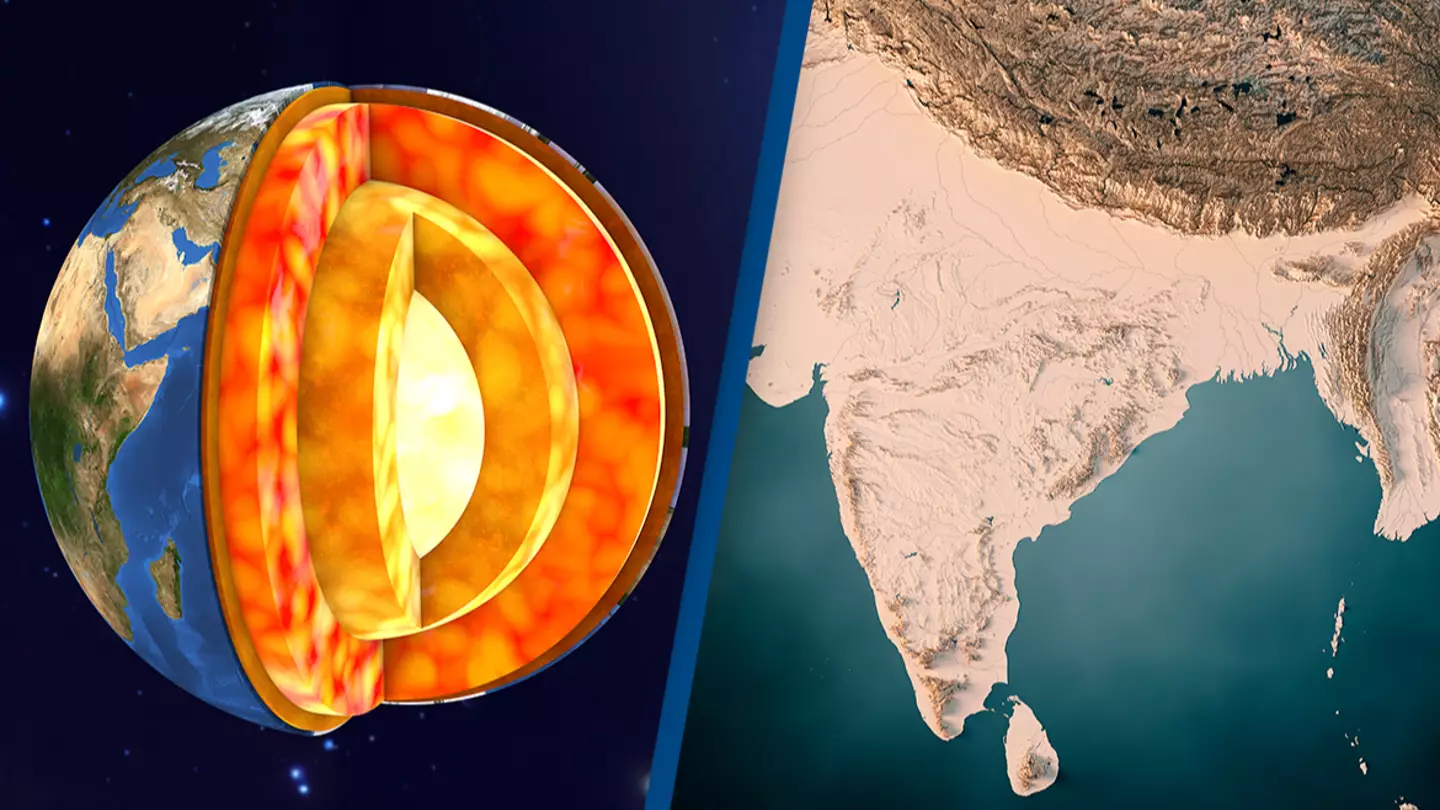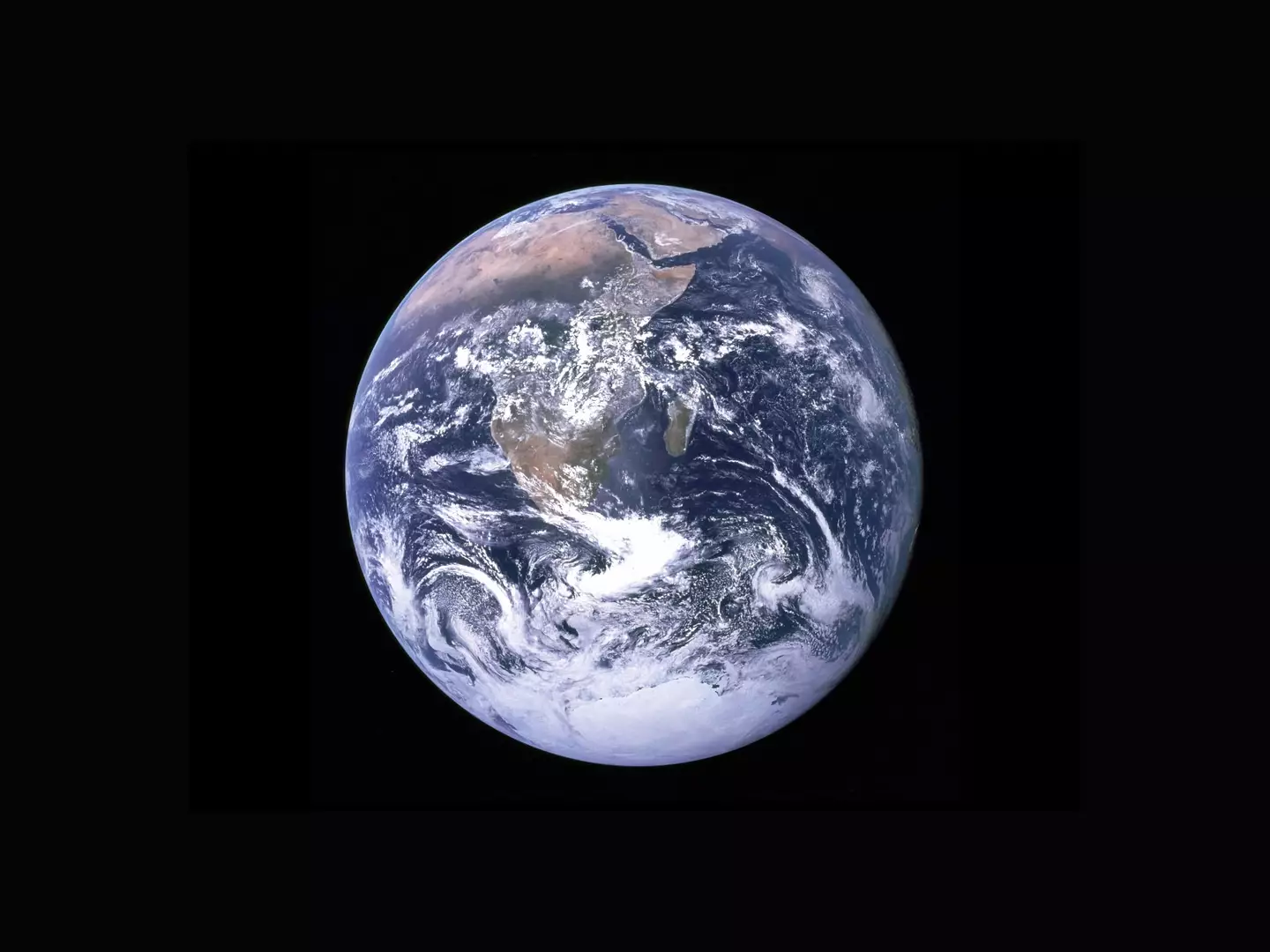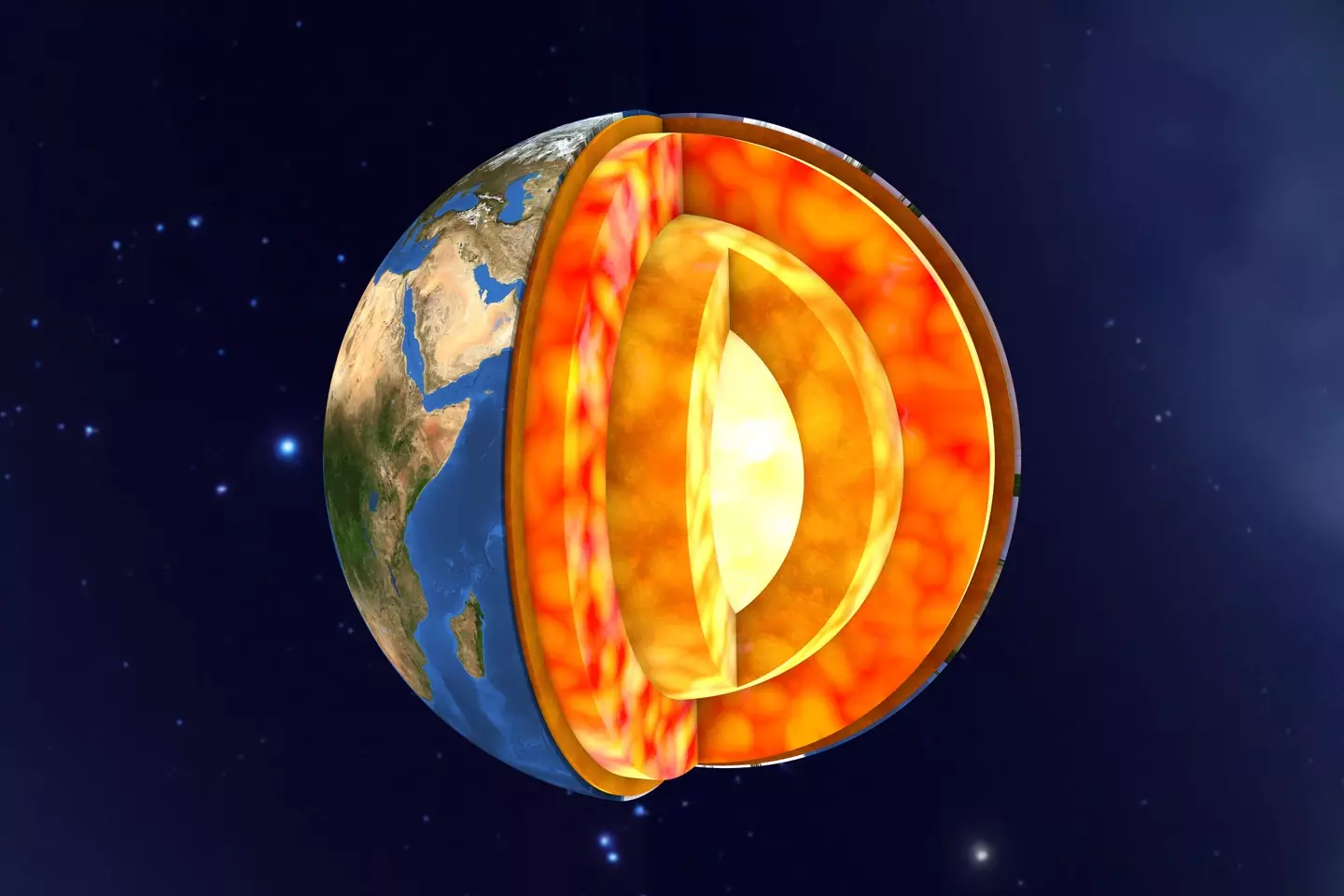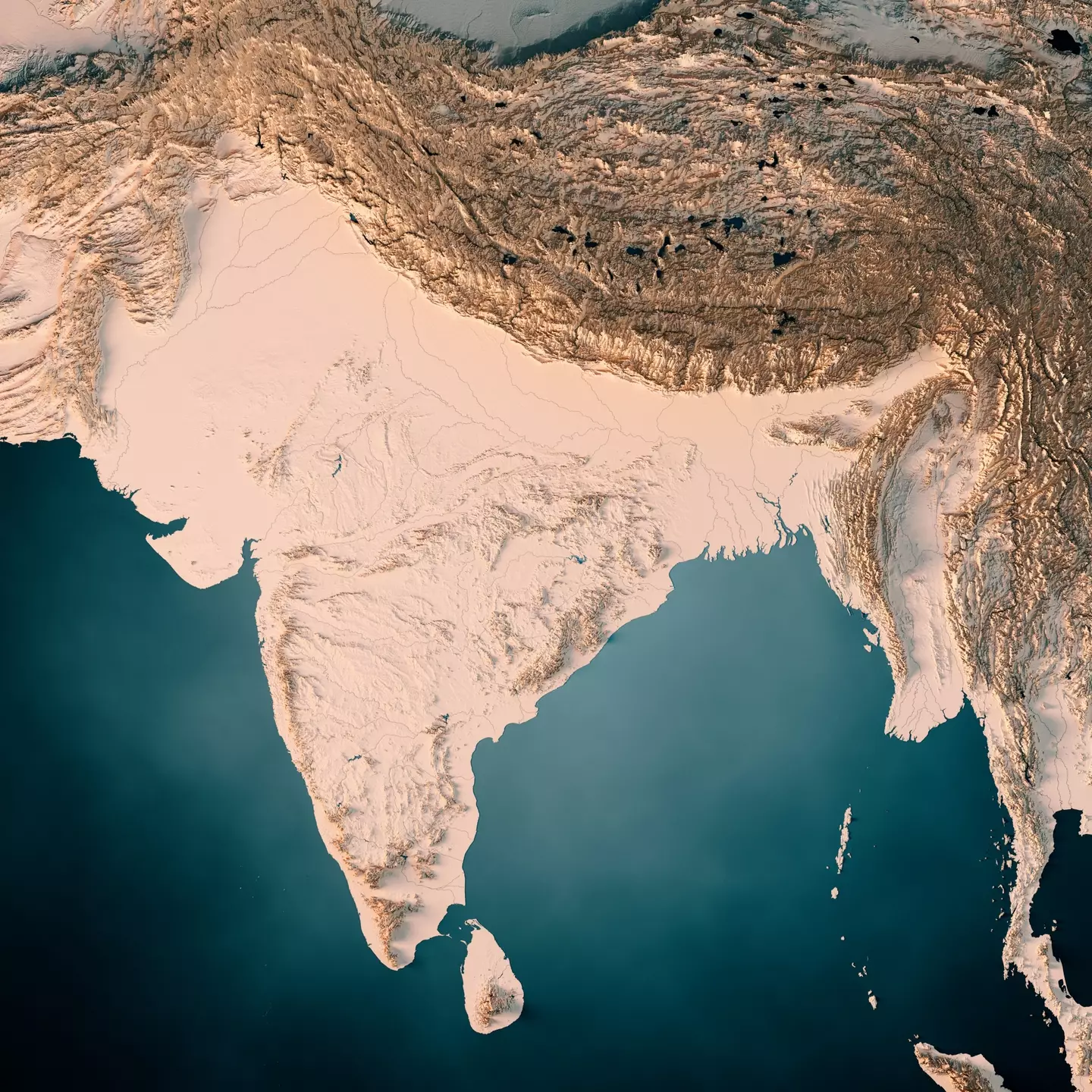
A ‘gravity hole’ in the Indian Ocean has confused scientists for decades about how it was formed but research has now shared a possible answer.
Low-density ‘gravity holes’ can be found all over the planet, including areas under Cuba and the Bahamas. However, the Indian Ocean geoid low (IOGL) - which is located just off India’s southeastern coast and forms a circular depression - has baffled scientists for decades, as it spans 1.2 million square miles and causes a 328-foot dip in sea level.
The anomaly was first discovered by Dutch geophysicist Felix Andries Vening Meinesz in 1948 during a gravity survey from a ship.

‘Gravity holes’ are spots where Earth’s gravitational pull is weaker and geologists have been puzzled by IOGL’s unusual features for a very long time.
Advert
However, researchers from the Indian Institute of Science in Bengaluru, India and GFZ German Research Centre for Geosciences have discovered what they believe to be a credible explanation got IOGL’s formation.
It all boils down to plumes of magma coming from deep inside Earth, similar to those in the Earth’s mantle that lead to the formation of volcanoes.
The team came to this hypothesis by using supercomputers to run 19 simulations to recreate the formation of the Earth to see how the area might have formed, going back as far as 140 million years in the past. Researchers published their findings in a study in May this year in the journal Geophysical Research Letters.

All of the simulations suggested magma plumes exist within the Earth’s mantle. These plumes were formed as a result of the drifting and eventual collision of India’s subcontinent with Asia 40 million years ago, the study’s co-author Attreyee Ghost explains. Estimates suggest IOGL was formed around 20 million years ago.
Advert
Despite popular belief, Earth is not a perfect sphere. “The Earth is basically a lumpy potato,” said Ghosh, who is a geophysicist and associate professor at the Centre for Earth Sciences of the Indian Institute of Science.
“So technically it’s not a sphere, but what we call an ellipsoid, because as the planet rotates the middle part bulges outward.”

Earth’s density and properties are not homogenous and some areas are more dense than others, which affects our planet’s surface and its gravity, Ghost added.
Advert
“If you pour water on the surface of the Earth, the level that the water takes is called a geoid — and that is controlled by these density differences in the material inside the planet, because they attract the surface in very different ways depending on how much mass there is underneath.
“India was in a very different place 140 million years ago, and there was an ocean between the Indian plate and Asia. India started moving north and as it did, the ocean disappeared and the gap with Asia closed."
Topics: Science, Environment, Technology
